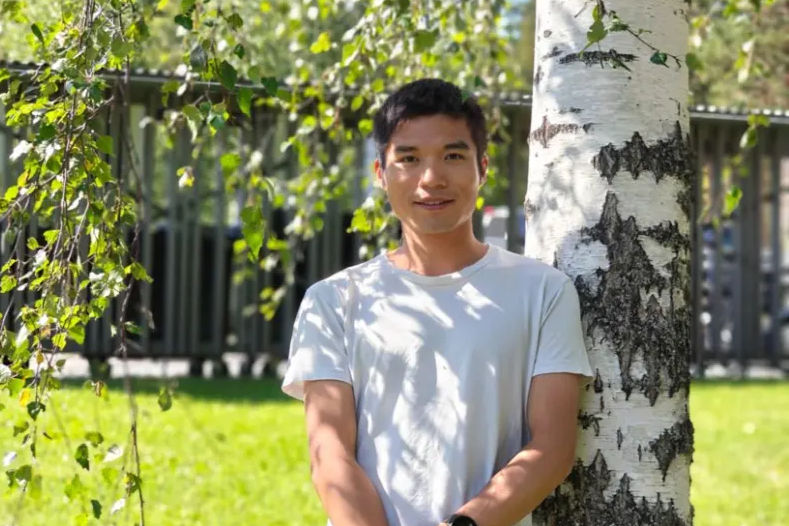Doctoral Defence of M.Sc. Christopher Jonkergouw
- maryamborghei
- Jan 17, 2024
- 2 min read
Updated: Jan 19, 2024

Title of the doctoral thesis: Exploring structural diversity in quorum sensing signalling systems and strategies to control prokaryotic community-wide behaviour.
When: Friday 19.1.2024 at 12
Where: Aalto University, Otakaari 1, Y203a B-Sali (Aalto amphitheater) & online
Supervisor: Prof. Markus Linder
Opponent: Professor Tom Coenye, Ghent University, Belgium
Abstract
Bacteria, despite being single-celled organisms, have the ability to establish intricate communities where individual cells collaborate for the collective benefit. This cooperative behaviours and spatial organization are facilitated by cell-to-cell communication mediated by quorum sensing (QS). Within these communities, bacteria engage in diverse cooperative activities, including the regulation of biofilm formation, virulence, production of antimicrobials, nutrient sharing, and defence against external challenges. The remarkable adaptability and resilience exhibited by bacteria in these communities underscore the significance of intercellular communication and collaboration, even in the most basic organisms. In this work, we studied the function of various QS signalling systems and explore how having control over QS communication, can be utilized towards several biotechnological applications. First, we theoretically explored the wide diversity in QS signalling systems and use novel computational tools to understand how QS signalling systems interact with one another. These predictions were used to experimentally investigate a set of 10 QS signalling systems, among which we identified six fully complementary QS signalling systems. Then, we investigated strategies to control and disrupt communication in bacterial pathogens that utilize QS to regulate their virulence during infections. We further studied the potential of QS disruption as a potent strategy to combat antibiotic resistance bacteria, both in vitro and in vivo. Finally, we explored novel microfluidic culturing techniques to build microbial communities in a bottomup approach. In this, QS signalling was utilized to coordinate the behaviour of distinct populations acting within the community. From these studies, we improved upon the method and developed a novel 2-photon polymerization technique to enable stable microbial communities of bacteria consisting of four individual populations. In summary, QS signalling systems play a crucial role in facilitating coordinated behaviours among bacteria, enabling them to act collectively as a group. Here, we show that by harnessing the power of QS, we can exert control over bacterial communities and shape and functionalize their collective behaviour.
More information and the electronic thesis can be found at: https://aaltodoc.aalto.fi/items/aed65917-aff1-4ceb-b10f-22d8bef94a8a





